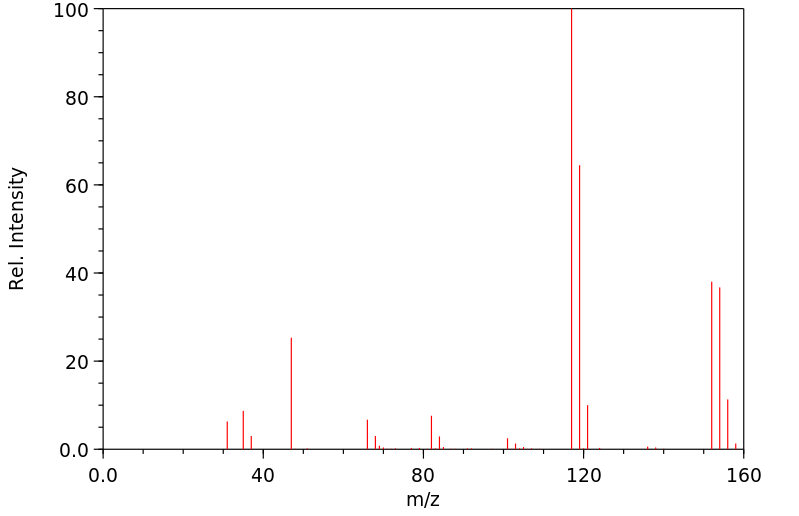毒理性
氧氯化磷。没有找到毒物动力学研究。氧氯化磷在大鼠和豚鼠吸入时具有急性剧毒,会导致呼吸道的广泛刺激。它通过口服途径对大鼠也具有急性毒性。该物质对兔皮肤具有腐蚀性,并导致严重眼损伤。关于动物反复吸入的影响,几乎没有可靠的信息。预计会有呼吸道刺激,一项报道不佳的大鼠研究也声称如此,尽管这些数据不可靠,特别是由于不清楚是否使用了连续或反复暴露。没有可靠的遗传毒理学或动物繁殖毒性数据。没有找到动物致癌性研究。人类单次暴露于空气中的物质已被报道会引起结膜炎、咽炎和呼吸道刺激,包括肺水肿。这些影响的可靠阈值浓度不可用。在重复暴露后也观察到了类似效果,包括哮喘性支气管炎,在严重情况下还包括肺气肿。暴露水平为10-20毫克/立方米,升至70毫克/立方米,有时甚至更高。报告称,遭受呼吸道影响的工人对氧氯化磷和其他刺激物质,特别是磷二氯化物和五氯化物,表现出增加的呼吸道敏感性。关于氧氯化磷的遗传毒性或致癌潜力,或其导致繁殖毒性的潜在性,没有人类数据可用。
Phosphorus oxychloride. No toxicokinetic studies were located. Phosphorus oxychloride is acutely very toxic when inhaled by rats and guinea pigs, causing extensive irritation of the respiratory tract. It is also acutely toxic to rats via the oral route. The substance is corrosive to rabbit skin and causes severe eye damage. Little reliable information is available on the effects of repeated inhalation in animals. Irritation of the respiratory tract would be expected and has been claimed in one poorly reported rat study, although no reliance can be placed on these data, particularly as it is not clear if continuous or repeated exposure was used. No reliable genotoxicity or animal reproductive toxicity data are available. No animal carcinogenicity study was located. Single exposure of humans to airborne material has been reported to cause conjunctivitis, pharyngitis and respiratory tract irritation, including pulmonary edema. No reliable threshold concentration for these effects is available. Similar effects were seen following repeated exposure including asthmatic bronchitis and, in severe cases, emphysema. Exposure levels were 10-20 mg/cu m, rising to 70 mg/cu m, and sometimes to higher levels. Workers who suffered respiratory effects were reported to show increased respiratory tract sensitivity to phosphorus oxychloride and to other irritant substances, particularly phosphorus bichloride and pentachloride. No human data are available on the genotoxic or carcinogenic potential of phosphorus oxychloride or on its potential to cause reproductive toxicity.
来源:Hazardous Substances Data Bank (HSDB)







